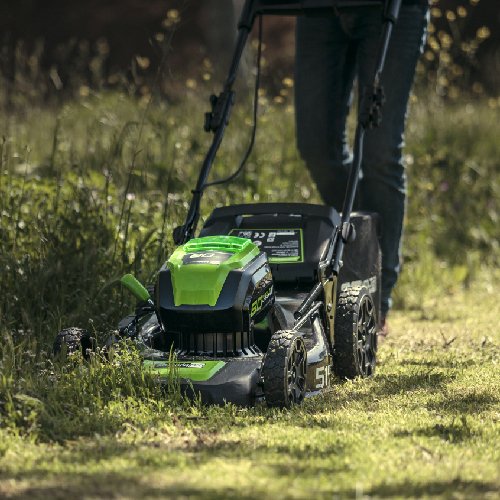Sustainable gardening has become a buzzword within the environmental community in recent years. But what does the term actually mean? Essentially, sustainable gardening is a concept which revolves around the creation of physical, psychological and visual sustenance and nourishment using natural resources without disrupting existing ecosystems or increasing carbon footprints.The resources can come in the form of land, water supply, seeds, fertiliser and much more. The guiding principle behind sustainable gardening is sustainable production and respect for the environment. Whether you’re a wannabe sustainable gardener, or just contemplating joining the movement, we’ve compiled several tips and environmental hacks below that would help you get started on the right path.
Healthy soil is the key to a healthy sustainable garden. However, soil is exposed to a variety of risks daily, particularly the climate. Exposure to rain, frost, extreme heat, and wind can drastically impact the health of soil. Mother Nature found a great natural way to protect soil, in the form of leaves dropping on the ground. In many virgin forests, dead leaves provide a thick blanket of protection on the soil. We can, and have learned to emulate the mechanics of nature using mulch. What is mulch? Mulch is essentially an organic, manmade blanket used to protect the fertility and nutrient content of soil.

There are numerous materials which can be used as mulch. This includes compost, leaves, grass clippings, tree bark and even newspapers! How is mulch made? Technically, you don’t have to make mulch – you simply apply your chosen materials and they will turn into mulch! However, choosing the right material is important. The decision is heavily reliant on the type of plants you want to protect, the climate, and existing soil conditions. The three most popular mulch materials include:
Grass clippings: This is perfect for large, unused plots. Grass clippings absorb large quantities of water and block sunlight, so they are great at suppressing weed growth. As they decompose, they will enhance the nutrient content of the soil. Be wary of the smell though – it’s quite strong. So, the next time you’ve mowed your lawn, you know what to do with the clippings.
- Leaves: This is the favoured choice for small gardens. Spread them around during the fall season, and they will protect the soil against the harsh cold of winter. By summer, the leaves will have completely decomposed and the ground will be much healthier. Leaves are also the favourite snack of earthworms, so there will be plenty of them around to irrigate the garden in spring.
- Barks: Shredded or chipped barks, which can usually be purchased in garden supply stores, are a great way to protect soils around shrubs, hedges and large trees. They won’t be easily blown away by the wind, and insects will have a hard time moving them around, so they will provide great long-term security for hardy plants and perennials. As a bonus, they don’t smell!
For maximum protection and utility, mulch should ideally be applied towards the middle or end of autumn, in layers of at least three inches in height.
